1. Nixon Takes the U.S. Off the Gold Standard (1971)
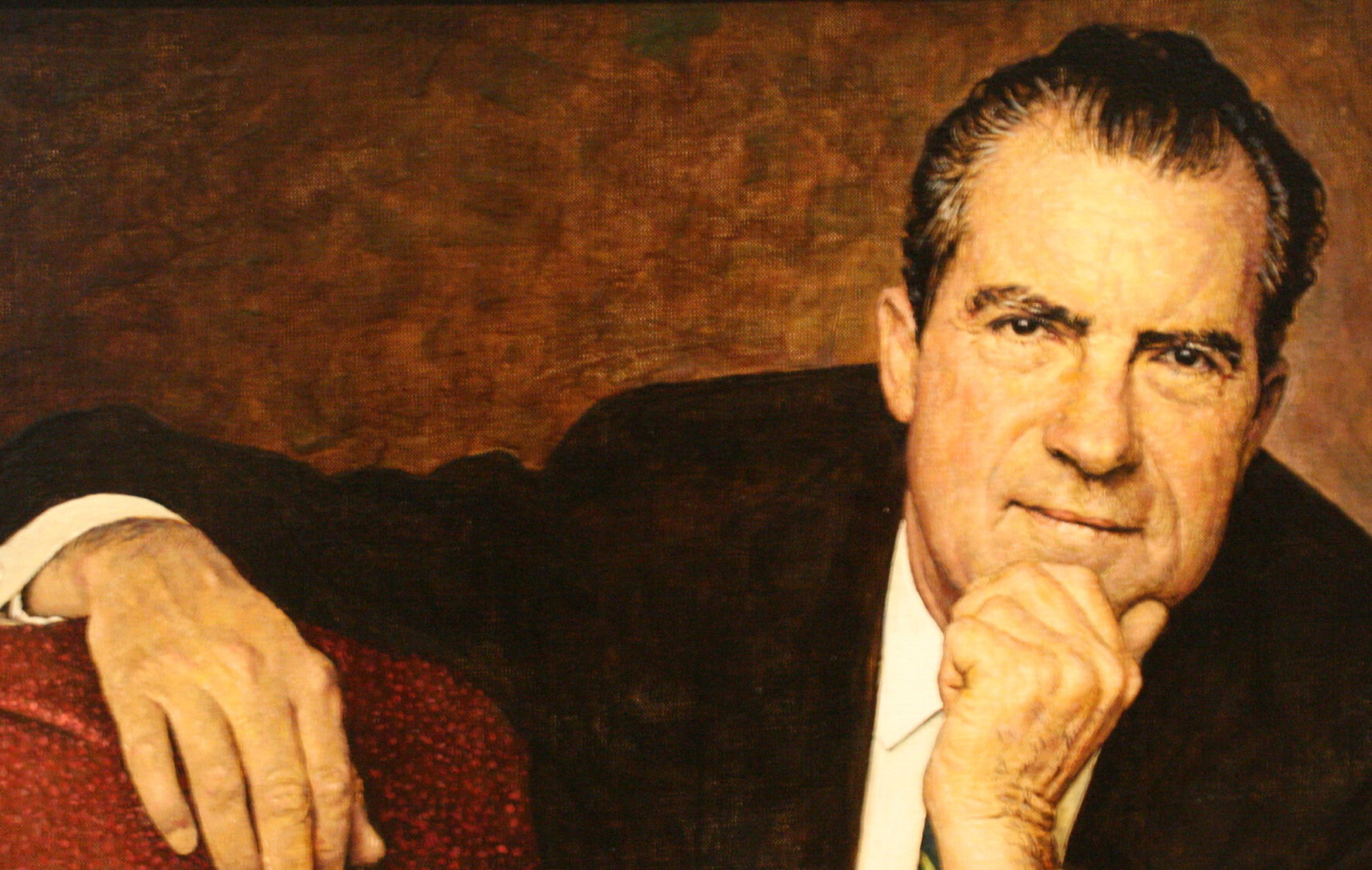
In 1971, President Richard Nixon made a huge move: he ended the convertibility of the U.S. dollar into gold, effectively taking the country off the gold standard. Known as the “Nixon Shock,” this decision instantly destabilized global markets and stunned financial institutions around the world. The value of the dollar plunged, inflation kicked up, and countries scrambled to respond to the sudden collapse of the post–World War II monetary system. It caused a ripple effect that shook the foundations of international trade and finance, according to Will Kenton from Investopedia.
While the move was meant to curb inflation and a growing trade deficit, it created economic uncertainty that lasted for years. Oil prices surged as OPEC countries reacted to the devaluation of the dollar, leading to the infamous 1973 oil crisis. That inflation spiral triggered a period of stagflation—something economists had barely seen before. Nixon’s decision may have been necessary in some ways, but it definitely brought the U.S. economy to the edge.
2. Hoover’s Refusal to Intervene Early in the Great Depression (1929–1932)
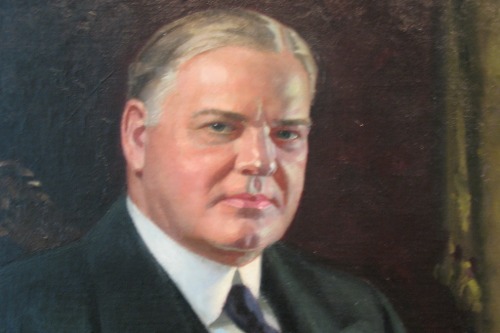
After the 1929 stock market crash, President Herbert Hoover clung to a belief that the economy would fix itself, according to the Gilder Lehrman Institute of American History. He rejected large-scale federal intervention and instead encouraged businesses not to cut wages or lay off workers, which didn’t exactly work out. His administration raised taxes and allowed major banks to collapse rather than bailing them out. The result was an economic tailspin that deepened the Great Depression.
Hoover’s decision not to act more decisively early on made the crash far worse than it might have been. By the time he did support limited relief through public works, it was too late to stop the bleeding. Unemployment soared, the banking system teetered, and public confidence crumbled. It wasn’t until FDR took office that aggressive recovery efforts truly began.
3. Andrew Jackson Kills the National Bank (1833)
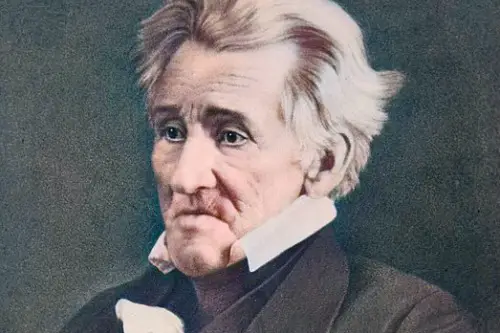
In 1833, President Andrew Jackson vetoed the recharter of the Second Bank of the United States and withdrew federal funds from it. He despised the bank, calling it an elitist institution that favored the wealthy, but shutting it down created major instability, according to Frank W. Garmon Jr. from the Bill of Rights Institute. Without a central bank, regulation of the money supply became chaotic, leading to wild inflation and speculative lending. This helped set the stage for the Panic of 1837, one of the worst financial crises of the 19th century.
Jackson’s populist move was politically popular but economically disastrous. Banks failed left and right, credit froze, and unemployment soared. The government had to scramble to manage economic fallout without a centralized system. Jackson’s crusade against the bank may have won him votes, but it nearly brought the young economy to its knees.
4. Reagan’s Massive Tax Cuts Without Matching Spending Cuts (1981)

Ronald Reagan entered office with a bold plan to slash taxes and shrink government, according to Lou Cannon from The Miller Center. He succeeded on the tax front with the Economic Recovery Tax Act of 1981, one of the biggest tax cuts in U.S. history. But the spending cuts didn’t really materialize, and instead of balancing the budget, deficits exploded. The national debt tripled during his presidency, sparking fears of long-term economic instability.
The idea was that tax cuts would stimulate so much growth that government revenue would catch up. But that supply-side promise didn’t pan out immediately, and interest rates remained high. Investors worried that the U.S. might not be able to control its fiscal future. While the economy eventually rebounded, the gamble nearly led to a debt crisis and left a legacy of chronic deficits.
5. Trump’s Trade War with China (2018–2020)
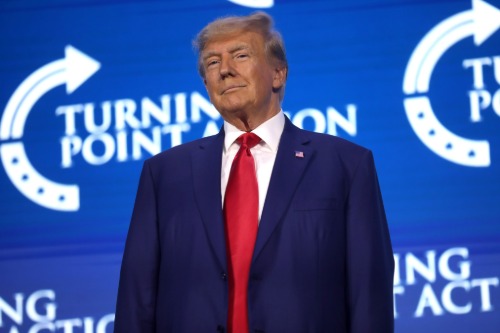
In 2018, President Donald Trump launched a full-blown trade war with China, slapping billions of dollars’ worth of tariffs on Chinese goods. The move was aimed at correcting trade imbalances and punishing unfair practices, but it hit American businesses and farmers hard. Markets whiplashed every time a new tariff was announced—or lifted—and supply chains went into chaos, according to Ryan Hass and Abraham Denmark from Brookings. China retaliated with tariffs of its own, hurting key U.S. exports like soybeans.
The uncertainty tanked business investment and rattled global financial markets. Some manufacturers passed the costs on to consumers, fueling fears of inflation. While Trump insisted the tariffs were a success, the IMF and Fed both warned that the prolonged trade war was slowing U.S. growth. It didn’t cause a recession outright, but it came uncomfortably close.
6. George W. Bush’s Push for the 2001 Tax Cuts Post-Tech Crash
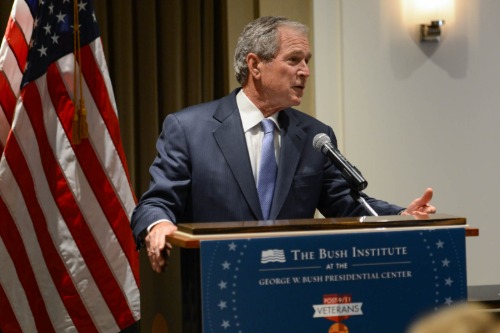
After the dot-com bubble burst in 2000, President George W. Bush implemented major tax cuts in 2001 to stimulate the economy. While it provided short-term relief, critics warned that the cuts disproportionately favored the wealthy and failed to address the underlying economic weakness. The federal surplus quickly flipped into a deficit, weakening the government’s ability to respond to future crises. Instead of boosting investment and growth, the cuts deepened inequality and added to national debt.
The situation worsened after the 9/11 attacks, when the economy took another hit. Rather than adjusting, the administration doubled down on tax cuts in 2003. The result was sluggish recovery, rising debt, and mounting pressure on entitlement programs. It didn’t crash the economy, but it left it more vulnerable for the financial crisis that came just a few years later.
7. FDR’s Attempt to Balance the Budget During the Depression (1937)
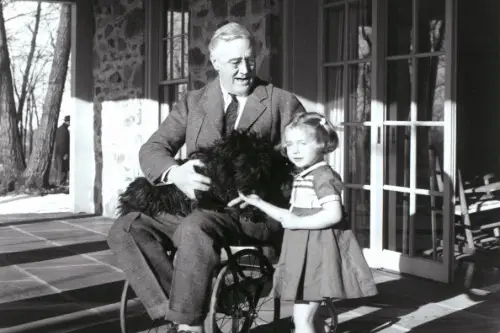
Franklin D. Roosevelt made a critical misstep in 1937 when he decided to cut government spending to balance the budget. After several years of New Deal stimulus, things were finally starting to look up—but FDR got spooked by rising debt. He slashed federal spending and raised taxes, thinking the economy could handle it. Instead, it plunged the U.S. right back into recession.
This “Roosevelt Recession” caused unemployment to spike again and erased much of the recovery gains. Industrial production dropped sharply, and the stock market tanked. Even FDR’s own advisors later admitted it was a mistake. The lesson? Even the most progressive presidents can make choices that nearly derail the economy.
8. Lyndon Johnson’s Simultaneous Spending on Vietnam and the Great Society (1960s)
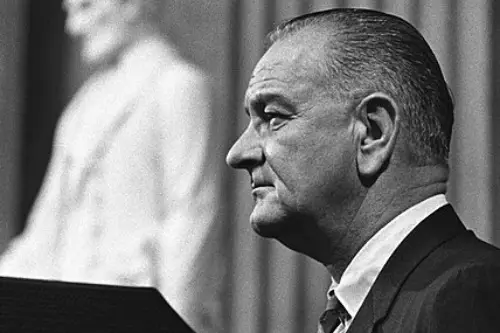
President Lyndon Johnson had a bold domestic agenda with his Great Society programs, but he also escalated U.S. involvement in the Vietnam War. Instead of choosing one, he tried to fund both—without raising taxes. This resulted in a massive budget deficit and triggered inflation that would plague the economy for more than a decade. Economists at the time warned that this kind of dual spending was unsustainable.
Eventually, the Federal Reserve had to hike interest rates, contributing to economic stagnation in the 1970s. The decision created long-term instability, leading to what became known as “stagflation.” While Johnson’s heart was in the right place, his refusal to prioritize spending nearly broke the bank. It showed that even good intentions can come with steep economic costs.
9. Gerald Ford’s “Whip Inflation Now” Campaign (1974)
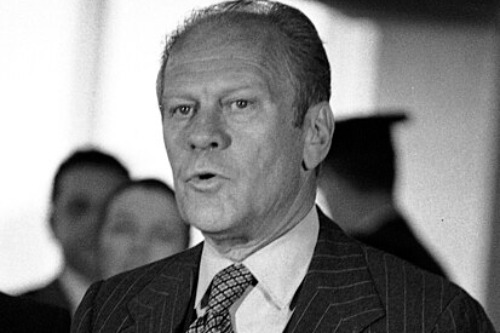
Faced with rising inflation, President Gerald Ford launched the “Whip Inflation Now” campaign in 1974, asking Americans to voluntarily cut back on spending. The idea was to combat inflation without using government tools like interest rate adjustments or fiscal stimulus. Instead, Ford handed out buttons and called for a collective belt-tightening. But the lack of concrete economic policy left the country spinning its wheels.
Inflation kept climbing, unemployment stayed high, and consumer confidence dropped. Economists and the public alike lost faith in the administration’s ability to manage the economy. It wasn’t until the Fed got more aggressive later in the decade that inflation began to ease. Ford’s PR-heavy, policy-light approach nearly let inflation spiral out of control.
10. James Buchanan’s Inaction Before the Civil War (1857–1861)
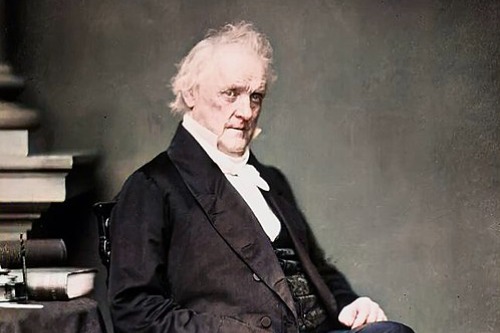
James Buchanan inherited a shaky economy and only made things worse with his do-nothing approach. After the Panic of 1857, a major banking crisis swept the nation, and Buchanan refused to use federal power to intervene. He believed the government shouldn’t get involved in the free market—even as banks failed and businesses closed. His passivity only deepened the recession and increased economic division between North and South.
At the same time, tensions over slavery were pushing the country toward civil war, which added more instability. The uncertainty spooked investors and crushed national unity, both politically and economically. When Lincoln took over, he inherited a fractured, nearly bankrupt government. Buchanan’s inaction arguably helped drive the country to the brink—not just politically, but financially too.
11. Woodrow Wilson’s Wartime Price Controls (1917–1918)
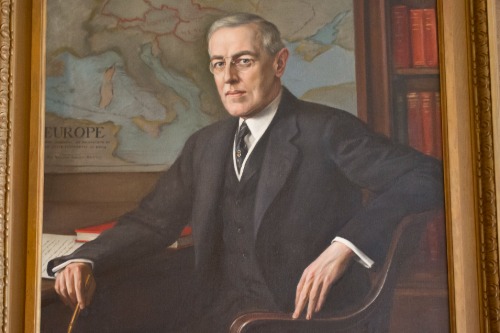
During World War I, President Woodrow Wilson imposed strict price controls and wage regulations to manage the war economy. While it helped in the short term, it created distortions that led to major problems after the war ended. Once controls were lifted, prices skyrocketed, leading to massive inflation in 1919 and 1920. Wages couldn’t keep up, and the economy dipped into a sharp, though brief, recession.
Businesses that had thrived during the war suddenly found themselves stuck with outdated contracts and falling demand. Consumer purchasing power eroded, and the sudden shift caused widespread layoffs. Wilson’s rigid economic planning had helped win the war, but it nearly torpedoed the post-war recovery. It was a stark reminder of how temporary controls can backfire when removed too quickly.
12. Joe Biden’s American Rescue Plan and Inflation Fears (2021)
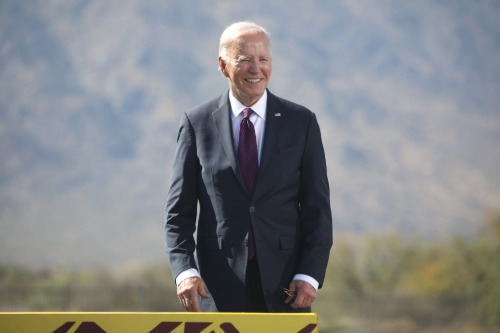
In response to the COVID-19 pandemic, President Joe Biden pushed through the American Rescue Plan, a $1.9 trillion stimulus package. While it provided critical relief to millions of Americans, many economists warned it might be too much, too fast. As supply chains were already strained and demand was rebounding, the extra cash helped ignite a surge in inflation. Prices soared across everything from groceries to gas, sparking fears of a runaway economy.
The Fed responded by rapidly hiking interest rates, which brought its own set of risks. Businesses pulled back on hiring and investment, and markets grew increasingly jittery. Though the package did avoid a deep recession, it arguably helped trigger the inflation spike that followed. The debate continues, but many agree it was a close call for the economy.
13. Calvin Coolidge’s Laissez-Faire Approach to Financial Regulation (1920s)
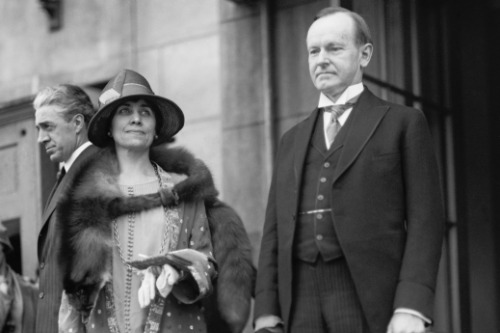
President Calvin Coolidge famously believed that “the business of America is business,” and he governed accordingly. His administration rolled back financial regulations and turned a blind eye to Wall Street’s growing speculation. The result was a stock market bubble that eventually burst in 1929, just months after he left office. While the crash happened on Hoover’s watch, Coolidge’s policies helped lay the groundwork.
Banks engaged in risky practices, and the government did little to rein them in. Warnings from economists were brushed off in favor of a booming market and roaring economy. But when the bottom fell out, the lack of oversight made everything worse. Coolidge’s hands-off philosophy nearly led to the total collapse of the financial system—and set the stage for the Great Depression.


